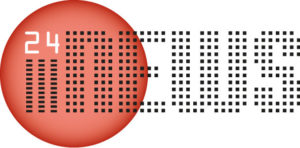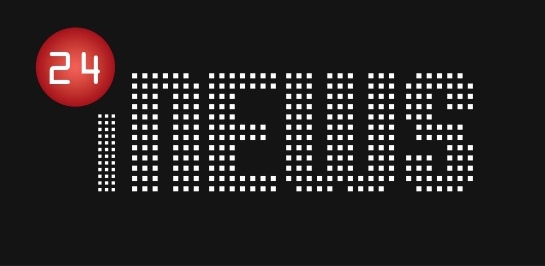Meron’s phone in Sweden is constantly ringing….. On the other side? „Sound“ of pain and cries for help of victims.
Who are these victims? It is human beings who fled their country seeking freedom -in this case- from the military regime under President Afeweki in Eritrea (see the Human Rights Watch Country report on Eritrea). But the story „Sound of Torture“ tells is not an ordinary one of migrants. It is an even more sad but harsh and current reality of refugees being abducted. Under extreme torture, then, these victims are given telephones and are forced to call their relatives literally begging their families for ransom money to be released.
This is a new „business model“ employed by a ruthless group of perpetrators acting in the Sinai Peninsula, who do not see Africans as human beings but „cattle, out of which a lot of money can be made“, Meron explains in the Q&A after the film „Sound of Torture“ premiered in Munich’s Arri Cinema in collaboration with Human Right Watch, Germany.
In the film, the spectator becomes a witness of the horrendous extorsion employed by the money-greedy torturers demanding, for example, USD 35.000,- ransom from Hiriyti’s husband whose pregnant wife fell hostage at the Sinai torture camp. Hiriyti escaped Eritrea in the northwest through Sudan and continued to Egypt on her way to Israel in order to re-unite with her husband in Tel Aviv.
But even those alive and making it to Israel, do not get asylum status (unlike the alternative but life-risking Mediterranean sea route to Europe does grant) and in addition to being homeless they are being called and projected „infiltrators“ to Israeli society. There is a strict „Anti-Infiltration Law“ in place in Israel that punishes irregular Egyptian-Israeli border-crossings with indefinite detention or until the refugees themselves pay their ticket to be deported.
You will certainly cry when Meron herself visits such an Israeli prison and finds a helpless 12-year old Eritrean boy being held there. This is just a little part of Meron’s journey in the film.
Herself an Eritrean-Swedish national, who has been broadcasting the „Sound of Torture“ during her online radio programme „Radio Erena“ estimates that during the past 4 years, this fate was lived by around 30.000 African refugees (90 per cent of them from Eritrea), some alive others dead today. As even payment of these exorbitant ransom sums to these lawless group is no guarantee for ever seeing the victim alive again.
Meron -who has throughout the years become a very supportive sister of many victims and their relatives- personally meets for the first time and in front of the camera some of the owners of the „Sound“ who were on the other side of the phone crying for help in person.
However, do not expect to stop crying, you’ll cry and cry and cry and feel the same pain as Meron when her journey takes her further to the Egyptian desert physically just metres away from the Sinai torture houses and with just the abandoned shoes and baby clothes in her hand, yet so incapable to unchain their owners, the victims, Eritreans, Africans but in the first place, Human Beings, the „Voices“.
The documentary „Sound of Torture“ has won the IDFA Audience Award. This comes to no surprise to the German audience who were at Sundays matinée screening in Munich. One member of the audience -admitting to not mastering the English language very well- but shaken by the images he witnessed, asks Meron desperately not wanting to be a bystander of this situation in Bavarian „Please, what can I do?“.
The issue needs attention!
And todays release of the #MigrantsFiles -a project financed by Journalismfund.eu- published in Spain, Switzerland, Greece, France, Italy and Belgium shows that the dead and missing migrants numbers on an alternative route via Lybia and the Mediterranean Sea to Europe (that Hyriti and her husband could have taken) are actually 50 per cent higher than current estimates. Thus, another possible outcome of what you witness in the film happens to Hyriti could, then, be death?
Facing torture or indefinite detention at the end of one route and possible death at the other, that is?
This text is available in German here.

